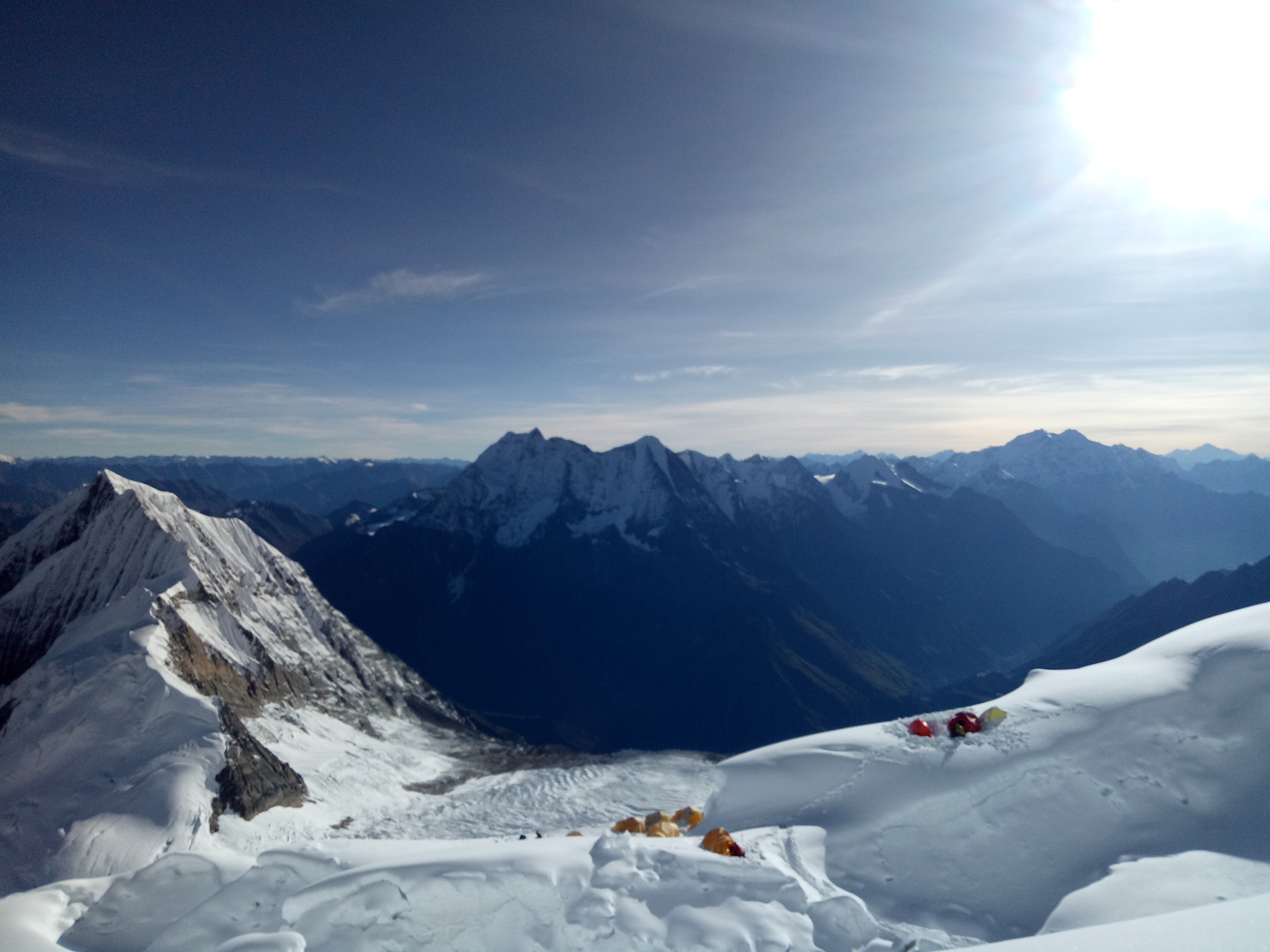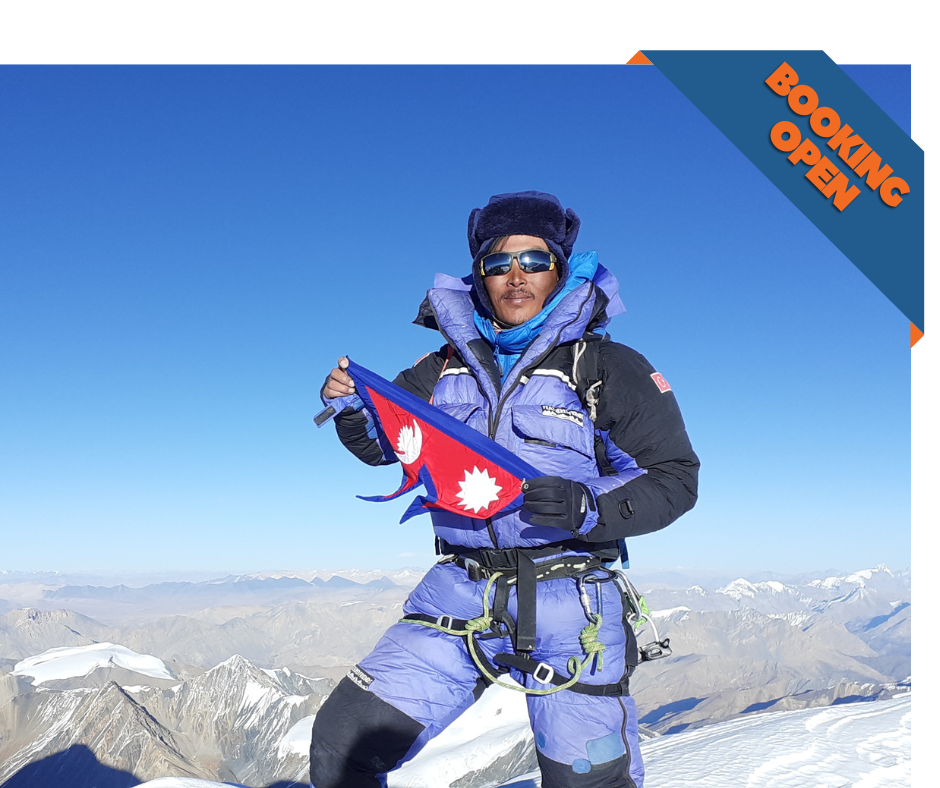7000-meter expeditions, which typically involve climbing peaks that are at least 7,000 meters (26,247 feet) above sea level. These high-altitude climbs are considered extremely challenging and dangerous due to the extreme weather conditions, technical difficulties, and the risks associated with high-altitude mountaineering. 7,000-meter expeditions are a testament to human determination and endurance, but they demand respect, preparation, and awareness of the inherent risks involved.
7000er Peaks
- Baruntse, is famous 7000er climbing peak among climbers, standing at 7,129 meters (23,389 feet), is located in the Himalayas in the eastern part of Nepal. It is known for its steep slopes and technical climbing requirements. Climbers often attempt Baruntse in conjunction with neighboring peaks like Ama Dablam, which is renowned for its striking, sharp profile and technical routes. This combination is popular among those seeking a more extended and varied mountaineering experience in the Khumbu region.
- Pumori is a prominent peak located in the Khumbu region of Nepal, near Mount Everest. Standing at 7,161 meters (23,495 feet), Pumori offers a significant climbing challenge while being somewhat less demanding than Everest itself. Pumori is often chosen by climbers who want to acclimatize and test their skills before attempting Everest or other major peaks in the area. The climb involves technical rock and ice climbing, and the ascent is typically approached from the base camp on the north side. Despite being a lower peak, Pumori’s challenging conditions, including steep slopes, variable weather, and high altitude, still present considerable difficulties. The stunning views of Everest and the surrounding peaks make it a rewarding climb for those who undertake it.
- Himlung himal is located in the manaslu region northeast of the Annapurna range, standing at 7126m(23380ft.). The peak was first summited in 1992, and since then, it has attracted climbers seeking a more remote and less crowded alternative to the more popular mountains in Nepal. Despite its lower height compared to some of the more prominent 8,000-meter peaks, Himlung Himal still presents significant climbing difficulties due to its technical nature and the harsh environmental conditions typically encountered in this region.
Key Considerations for Expeditions
- Acclimatization: High-altitude climbing requires careful acclimatization to avoid altitude sickness.
- Weather: Extreme weather conditions can be a major hazard, with high winds, cold temperatures, and unpredictable storms.
- Permits and Regulations: Climbing these peaks requires various permits and adherence to local regulations. Ensure you have the necessary documentation and permissions.
- Guides and Support: Hiring experienced guides and support staff can be crucial, especially for less experienced climbers.
Each peak has its own unique challenges and beauty, and preparing for an expedition to these heights requires careful planning, physical preparation, and respect for the mountain environment.





